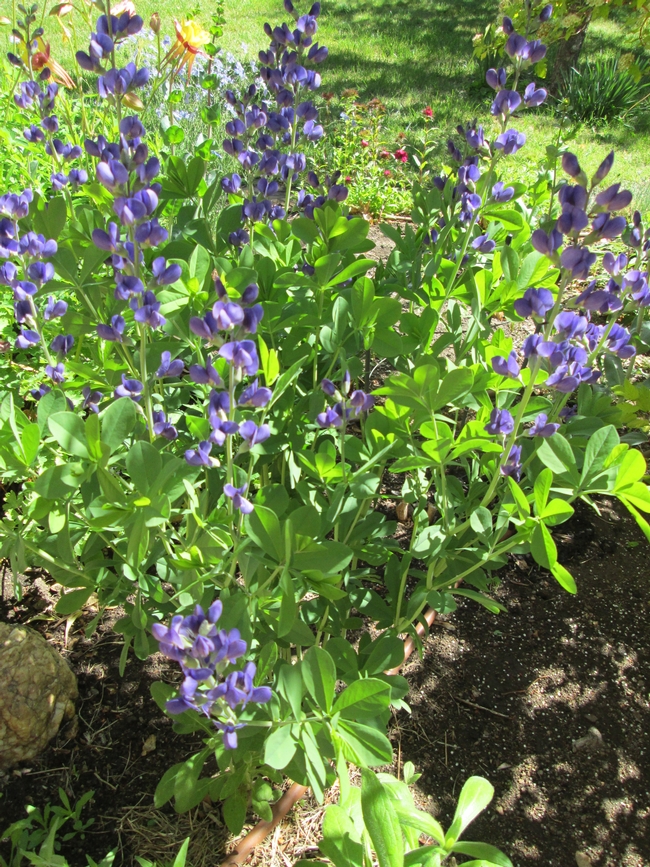A question from a Horticulture Quiz 101 might be, “What was the first subsidized agricultural crop in the United States?” Possible answers of corn, tobacco, cotton and hemp might be given, none of which is correct.
In the 1700s the British Empire's demand for blue dye outstripped its ability to process it. This is because most blue dye came from the indigo plant, Indigofera, native to the West Indies. There was simply too little of it to satisfy the demand.
English botanists soon discovered that the colonies across the ocean had a native plant, Baptisia (B. australis) that could be process quickly into a blue dye. Its quality was not as high as real indigo, so it became known as False Indigo.
In 1747, the first shipment of false indigo left for England, and within two decades more than a million pounds would be shipped each year, making the dye one of the colony's largest exports, second only to rice. Indigo production was extremely labor-intensive involving a multi-day process and was profitable only when done on a large scale using slave labor.
Indigo was referred to as “the blue gold of the South,” with Charleston, South Carolina as its growing and shipping hub.
Blue forms (B. australis), are the most common, but plants bearing yellow and white flowers (B. alba), are equally handsome. It is a very rewarding perennial plant that is long-lived and easy-to-grow once established, although it is hard to transplant because it has a long tap root. Plants produce clumps up to 4' wide, and from 3-6' tall. They tolerate sandy soils and can cope with some drought. Low maintenance and cold hardiness to USDA zone 4, make this a plant for every garden.
Now you also have a story to tell garden visitors also!
Adapted with permission from Of Naked Ladies and Forget-Me-Nots by Allan M. Artimage
